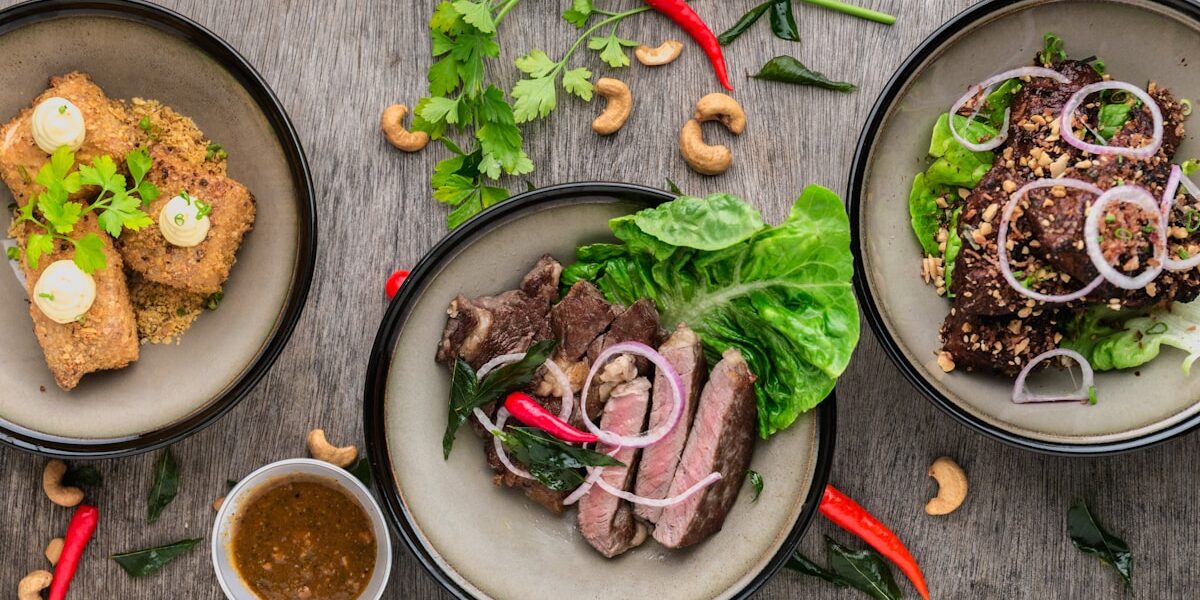Wine and Cheese Pairing
Wine and Cheese Pairing
Pairing wine with cheese is both an art and a science. Understanding how flavors, textures, and aromas interact is key to creating perfect matches. Let’s delve into the details and unravel the mystery behind what makes some pairings sing.
Understanding Flavor Profiles
Cheeses vary widely in flavor, depending on the type of milk used, the aging process, and other factors. Wines have complex flavor profiles influenced by grape variety, terroir, and winemaking techniques. To begin, recognize the basic taste groups: salty, sweet, sour, bitter, and umami.
Classic Pairings to Consider
- Brie and Chardonnay: The creamy texture of Brie pairs beautifully with the buttery notes in Chardonnay.
- Goat Cheese and Sauvignon Blanc: Tangy goat cheese complements the bright acidity of Sauvignon Blanc.
- Cheddar and Cabernet Sauvignon: The bold flavors of aged Cheddar match well with the rich tannins in Cabernet Sauvignon.
- Blue Cheese and Port: The sweetness of Port balances the pungency of blue cheese.
Regional Pairings
Regional pairings often work well because the wine and cheese have evolved together. Local climates, soils, and culinary traditions create natural matches.
- French Pairings: Roquefort with Sauternes from Bordeaux is a classic combination. Comté from Jura pairs with Vin Jaune.
- Italian Pairings: Provolone with Chianti from Tuscany is a staple. Parmigiano-Reggiano alongside Lambrusco from Emilia-Romagna offers a delightful experience.
- Spanish Pairings: Manchego with Rioja creates a balanced palate. Mahón cheese along with Cava makes a refreshing match.
Contrast and Complement
When pairing wine and cheese, think about contrast and complement. Contrasting flavors highlight differences, making each more pronounced. Complementary flavors harmonize, creating a seamless taste experience.
Examples of Contrast:
- The acidity in sparkling wine can cut through the fat in triple-cream cheeses.
- The sweetness in dessert wines can balance the saltiness of hard, aged cheeses.
Examples of Complement:
- The nutty flavors in aged cheeses can complement the toasted oak notes in many red wines.
- The fruitiness in fresh cheeses can match the fruity notes in young white wines.
Texture Matters
Texture plays a crucial role in pairing. The mouthfeel of both wine and cheese can either match or contrast, leading to a pleasing sensory experience.
- Soft Cheeses: Creamy and spreadable cheeses like Camembert or Burrata pair well with light, refreshing wines like Pinot Grigio or Champagne.
- Hard Cheeses: Firm and aged cheeses like Gouda or Pecorino pair well with structured, full-bodied wines like Merlot or Shiraz.
Aging Plays a Role
Both wine and cheese undergo transformations during the aging process, developing new flavors and textures. Aged cheeses generally pair better with older, more mature wines. Fresh cheeses are often best enjoyed with young, vibrant wines.
- Aged Gouda: The crystalline texture and nutty flavor pair well with the depth of an aged Bordeaux.
- Fresh Ricotta: Its light, creamy profile pairs perfectly with a crisp, young white wine like Pinot Blanc.
Pay Attention to Acidity
Acidity is crucial in wine and cheese pairing. High-acid wines can lift the richness of creamy cheeses, while cheeses with good acidity can balance more robust wines.
High-Acid Wines:
- Sauvignon Blanc can elevate the tangy flavors in feta cheese.
- Riesling can cut through the richness of a creamy blue cheese like Gorgonzola.
Cheeses with Good Acidity:
- Chèvre, a fresh goat cheese, pairs well with high-acid wines like Chenin Blanc.
- Halloumi, a brined cheese, pairs nicely with zesty white wines like Assyrtiko.
Salty Cheeses and Sweet Wines
Salty cheeses often find their best matches with sweet wines. The sweetness can offset the saltiness, creating a balanced flavor profile.
- Parmigiano-Reggiano: Pairs well with a sweet dessert wine like Vin Santo.
- Roquefort: Its salty, tangy flavor pairs beautifully with the honeyed sweetness of Sauternes.
Experimenting and Personal Preference
While guidelines can be helpful, personal preference should not be overlooked. Tasting and experimentation are key. It’s crucial to keep an open mind. Not every traditional pairing will suit everyone’s taste.
Consider hosting a wine and cheese tasting. Provide a variety of cheeses and wines. Encourage guests to sample and compare combinations. This can lead to surprising and delightful discoveries.
Practical Tips for Pairing
- Start with mild cheeses and lighter wines, then move to stronger flavors.
- Have neutral palate cleansers like water or plain crackers on hand.
- Consider the serving temperature. Serve cheeses at room temperature and wines at their recommended temperatures.
- Note any standout pairings and why they work for future reference.
Creating a Cheese and Wine Board
To impress guests, create a well-balanced cheese and wine board. Include a variety of textures and flavors, ensuring a mix of both cheeses and wines. Label each item for easy identification.
- Selection of Cheeses: Soft cheese (Brie), hard cheese (Cheddar), blue cheese (Gorgonzola), aged cheese (Parmesan), and fresh cheese (Mozzarella).
- Selection of Wines: A light white (Sauvignon Blanc), a full-bodied red (Cabernet Sauvignon), a dessert wine (Port), and a sparkling wine (Prosecco).
Include nuts, fruits, and honey on the board for additional pairings. These can complement both cheese and wine, enhancing the overall tasting experience.
Conclusion
No conclusion.

